If you have ever visited a dermatologist seeking help with caring for your skin, then you would definitely have heard the term ‘salicylic acid’ at least once. Derived from willow bark, salicylic acid is an increasingly popular ingredient in skincare known for its refreshing properties, and there is a reason why dermatologists swear by it. In the world of exfoliants, salicylic acid is highly favoured, especially for acne and blackhead treatment. Tiny bumps that appear on the skin due to clogged hair follicles, blackheads are open skin pores dark in colour, clogged with dead skin cells and bacteria. They are a mild form of acne and usually appear on the back, chest, neck, arms, and shoulders. While they are not inflamed and painful like pimples, they can cause scarring and other damage to the skin. If you are constantly bothered by blackheads and acne and have tried every possible treatment, then we have a recommendation for you. Have you ever used salicylic acid for blackheads? It’s a game-changer! If you haven’t tried it yet, you’re missing out because this incredible ingredient can give you blackhead- and acne-free clear skin! Keep scrolling to discover how to use salicylic acid for blackheads and its other benefits for the skin.
- What Happens When You Use Salicylic Acid On Your Skin?
- How to Use Salicylic Acid for Blackheads?
- 1) Cleanser
- 2) Peels
- 3) Serum
- 4) Spot treatment
- How Long Does It Take To See The Effects of Salicylic Acid for Blackheads?
- Can Using Salicylic Acid For Blackheads Damage The Skin?
What Happens When You Use Salicylic Acid On Your Skin?
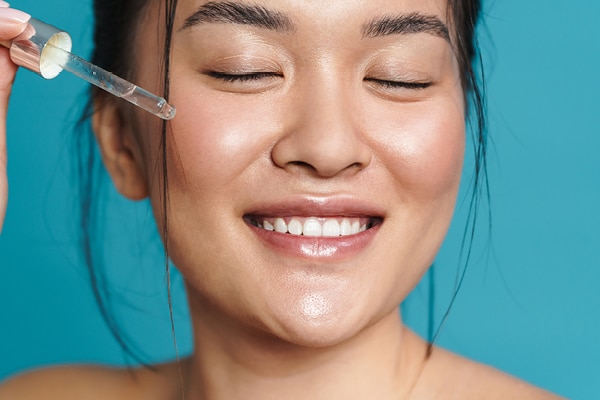
Thanks to the unique properties it possesses, salicylic acid can be your skin’s best friend, treating conditions from acne to oiliness and many more in between! Its versatility is one of its USPs, and we are definitely here for it! Apart from using salicylic acid for blackheads and acne, you can use it for exfoliation. Since it is a keratolytic medication, salicylic acid helps in absolute exfoliation. When you exfoliate your skin using products that contain salicylic acid, you’ll also get rid of dead skin cells. In addition to this, its antibacterial properties kill the bacteria that cause acne and blackheads. Being an oil-soluble ingredient, salicylic acid penetrates the pores and softens them. It also removes excess sebum from the skin’s pores, thus reducing oiliness on the face. Its anti-inflammatory properties reduce irritation and redness that usually accompany acne.
How to Use Salicylic Acid for Blackheads?

It’s pretty clear by now that salicylic is the gold standard when it comes to treating acne, blackheads, and whiteheads. Hence, instead of rummaging the shelves searching for the right products to treat your acne, why don’t you opt for salicylic acid? It’s more effective, can be used in several ways, and guarantees a cure. Here is how you can use salicylic acid for blackheads. Choose whatever works best for you and stick to it for visible results. P.S.: Do note that when you first start using salicylic acid, you might experience some light flaking or dry patches. However, this is completely normal, so there’s no need to worry about it.
1) Cleanser

The basic skincare regimen includes three steps: cleansing, exfoliating and moisturising. You can use salicylic acid for blackheads in the first step itself. By opting for a daily cleanser with salicylic acid, you can banish blackheads in addition to dirt, oil, and makeup. When choosing a salicylic acid-based cleanser, make sure it is low in strength, so you don’t dry out your skin.
Use a salicylic acid-based cleanser like the Pond's Pimple Clear Facial Foam once a day – and we’d recommend applying it at night. Use your regular face wash in the morning. Wash your face well with the salicylic acid-based cleanser before you hit the sack, and remember to pat your face instead of rubbing after cleansing to avoid skin damage. Dermatologists suggest using this cleanser twice a week, and then as your skin becomes accustomed to it, increase the frequency of using it.
2) Peels

Compared to other chemical peels, salicylic acid peels are gentle exfoliators and deeply exfoliate the layers of the skin, thus regenerating the skin. This is an excellent way of using salicylic acid for blackheads. Remarkably effective, salicylic acid peels have a stronger concentration, around 30%, and can damage the skin if applied too often. Hence, we’d suggest you use it once in two weeks and build up your skin’s tolerance to the chemical peel by starting with low-grade doses. When applied correctly, salicylic acid peels clean clogged pores and calm inflammatory acne and blackheads. In addition to this, after a peel, you will notice smoother, brighter, and softer skin.
3) Serum
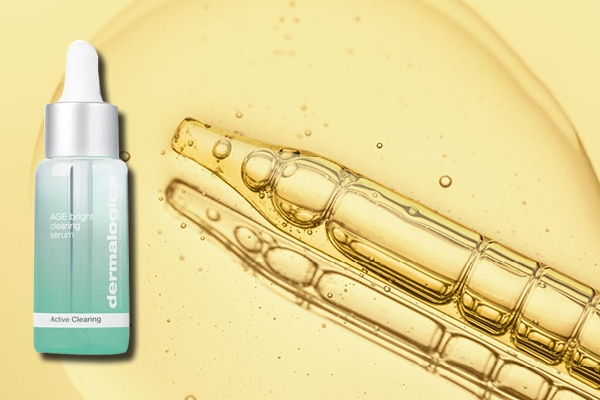
If peels are too strong for you and if you don’t want to use a cleanser, then a salicylic acid serum like the Dermalogica Age Bright Clearing Serum is a good place to start. Use it once a day to treat acne flare-ups and blackheads. Use regularly for a few weeks for blackheads to clear out. Once the blackheads have been banished, keep applying salicylic acid to prevent clogged pores that may eventually cause blackheads. You can also try a combined serum containing alpha hydroxy acid (AHA) and salicylic acid for increased effectiveness.
4) Spot treatment
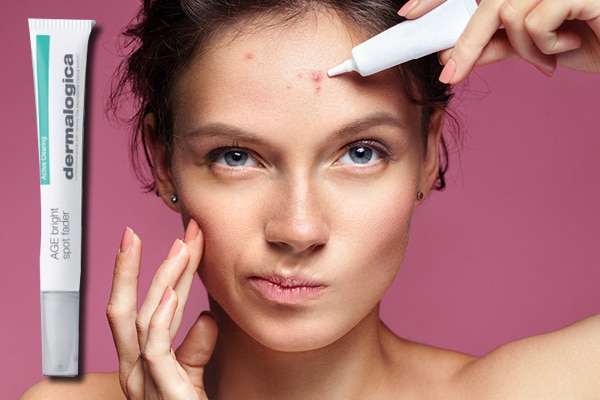
While there are several spot treatment gels available in the market, our go-to is the Dermalogica Age Bright Spot Fader For Acne And Post Acne Marks. To use salicylic acid as a spot treatment for blackheads, apply it to the affected area to eradicate inflammation, acne, and blackheads. Spot treatments are great for the face, but you can also use them for cheek, forehead, nose, hairline, jawline and chin acne treatment.
How Long Does It Take To See The Effects of Salicylic Acid for Blackheads?
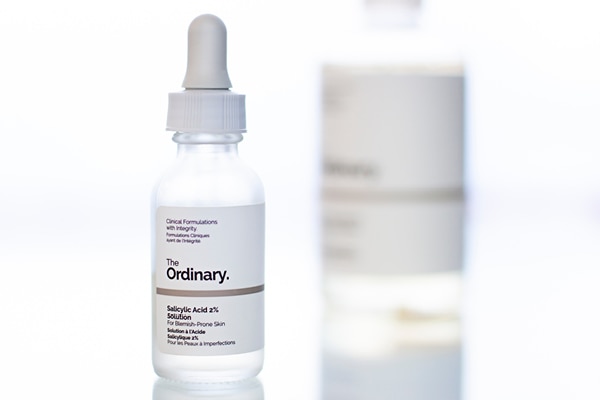
While salicylic acid for blackheads is excellent, the results will take time to be visible. Continue using salicylic acid for at least four to six weeks to see its effects on the skin and decide whether you would like to continue using it.
Can Using Salicylic Acid For Blackheads Damage The Skin?
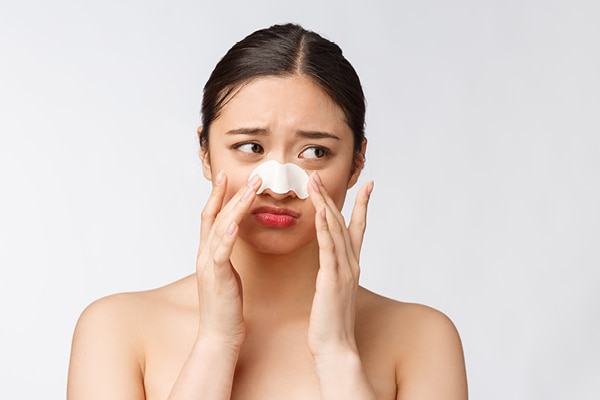
It’s tempting to use salicylic acid every day because of its many benefits, but dermatologists don’t recommend it. Since it is a chemical exfoliant, use it twice a week and then ease it into your routine because there is such a thing as using too much salicylic acid.
Overuse of salicylic acid for blackheads can irritate and dry out your skin. Some people may also experience redness and peeling of the skin. For this reason, those with extremely dry or sensitive skin should consider avoiding this ingredient altogether. Also, if your skin is damaged or has wounds, avoid using salicylic acid.
Another thing to be careful about when using salicylic acid is to stick to acne and blackhead-prone areas of the body alone. Applying it to other parts of your body can lead to salicylate poisoning, so beware.
If you are already using products with retinol, benzoyl peroxide, or tretinoin, use salicylic acid cautiously as these ingredients also exfoliate the skin, and too much exfoliation can cause redness and irritation.


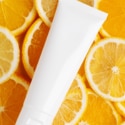

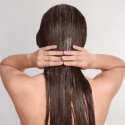




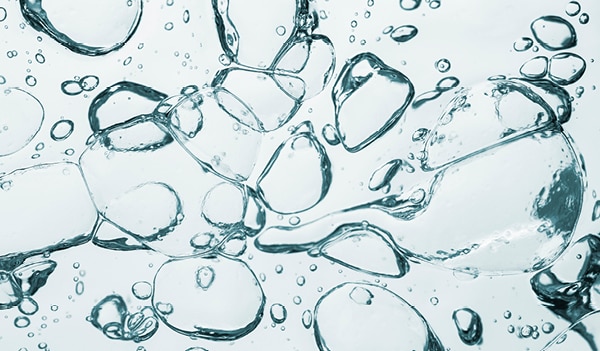


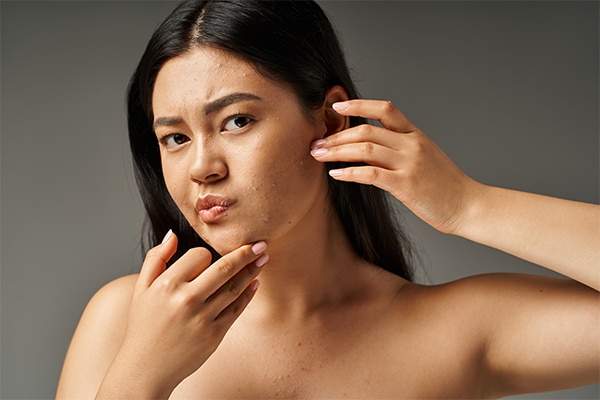



 Privacy Notice
Privacy Notice
Written by Nisha Shah on 22nd Mar 2022
Writer, avid reader and a lover of all things creative is the best way to describe Nisha Shah! Equipped with a degree in Journalism and a certification in Digital Marketing, she brings a distinct perspective to her writing. With experience in content covering a range of topics from health to travel and beauty to food, she manages to bring something interesting and yet easy-to-read for her readers. When she's not writing, you can find her curled up with a book and coffee, bingeing on movies and TV shows, experimenting with photography and lots more!